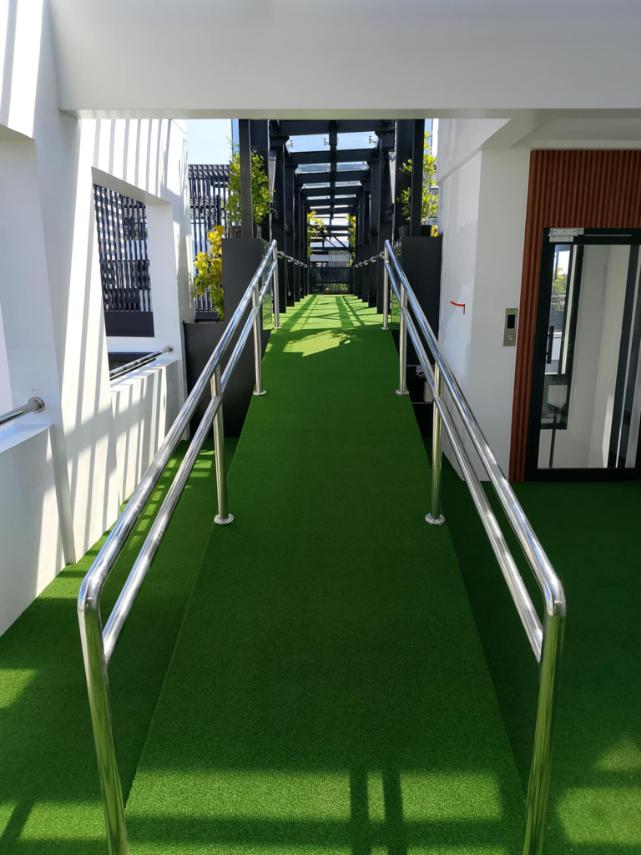
Artificial Grass Solution Provider in Taguig: Safe, Eco-Friendly, and Beautiful Turf Solutions
Creating a green, inviting environment in a bustling city like
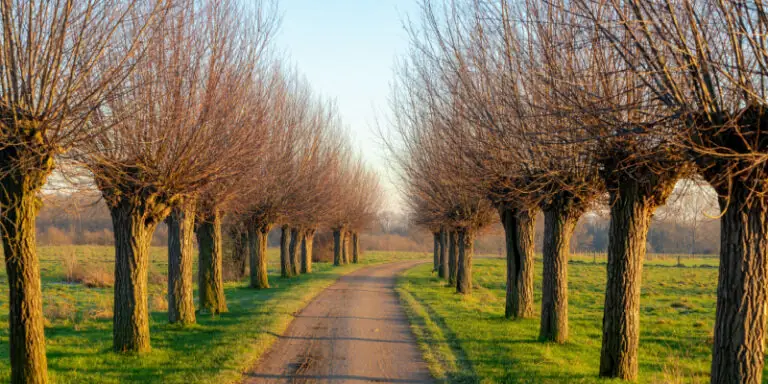
Tree pollarding is a specialized tree maintenance technique that involves cutting back a tree’s limbs to the main trunk. This method helps control the size of the tree, promote healthy growth, improve safety, and maintain aesthetic appeal. BSG Landscape & Construction Pte Ltd has extensive experience providing professional tree pollarding services in Singapore. With certified ISA Arborists and WSQ-certified tree pruners, BSG ensures every pollarding project is carried out safely, efficiently, and in a manner that enhances the health of the tree.
Tree pollarding is not just about cutting branches; it is a strategic approach to tree management. It allows mature trees to thrive in restricted spaces, prevents structural damage to nearby buildings, and reduces the risks posed by overgrown or decaying branches. With proper tree pollarding, property owners can enjoy healthy, safe, and visually appealing trees while maintaining harmony with their surrounding environment.
Tree pollarding is the process of removing all limbs back to the main trunk or cutting branches at a specific height, usually two to three meters above ground level. Unlike regular tree pruning, which focuses on selective trimming or shaping, tree pollarding controls the overall size of the tree and encourages lateral growth.
Pollarding is particularly useful for urban areas where space is limited or where trees are planted close to structures. Common tree species in Singapore that respond well to pollarding include Rain Trees, Angsana, Acacia, and several ornamental species. Tree pollarding is a preferred method for maintaining large, mature trees while minimizing risks to property and public spaces.
Tree pollarding offers multiple benefits that extend beyond aesthetics. Proper pollarding improves tree health, reduces hazards, and maintains the structural integrity of the tree.
Control Tree Size: One of the main advantages of tree pollarding is size control. Large trees planted in restricted spaces can interfere with buildings, power lines, and pedestrian pathways. Tree pollarding allows the tree to maintain a manageable size without compromising its health.
Safety: Overgrown or decaying branches pose a significant hazard, especially during storms or heavy rainfall. Tree pollarding reduces the risk of falling limbs, protecting properties, vehicles, and pedestrians from potential damage.
Tree Health: Removing old, damaged, or overextended branches encourages new lateral growth, improves sunlight penetration, and enhances air circulation within the canopy. Tree pollarding prolongs the lifespan of the tree by preventing decay from spreading to healthy branches.
Aesthetic Appeal: Tree pollarding helps maintain a uniform and visually appealing structure. By cutting back branches strategically, arborists can shape the tree while preserving its natural appearance, resulting in a neat and balanced landscape.
Environmental Benefits: Tree pollarding increases light exposure and airflow, which benefits surrounding plants and reduces the risk of fungal growth. Properly pollarded trees contribute to an eco-friendly and livable environment.
BSG Landscape & Construction follows strict procedures to ensure tree pollarding is performed safely and effectively. The technique varies depending on the age, species, and condition of the tree.
Step-by-Step Process
Tools and Technology: Professional tree pollarding requires chainsaws, pruning saws, climbing gear, and sometimes aerial platforms. BSG uses advanced machinery to ensure precise and safe branch removal, minimizing stress on the tree.
Young vs. Mature Trees: Young trees respond quickly to pollarding with rapid regrowth, while mature trees require gradual and careful branch removal to prevent stress or structural damage. BSG’s arborists customize the approach to each tree’s unique condition.
Safety Measures: All tree pollarding operations adhere to Workplace Safety & Health regulations. Certified arborists use harnesses, ropes, and protective gear to safeguard both the team and the surrounding area.
Tree pollarding is usually recommended when a tree shows signs of overgrowth, structural imbalance, or interference with property and utilities. Trees that have extended into restricted spaces, damaged roots, or dead limbs are ideal candidates for pollarding.
The frequency of pollarding depends on species and growth rate. Fast-growing trees may require pollarding every 3–5 years, while slower-growing species may need it less frequently. Seasonal considerations are also important; pollarding is often best performed during dry periods to reduce stress and allow proper healing.
BSG Landscape & Construction has over 30 years of experience providing comprehensive tree services, including tree pollarding. The company combines technical expertise with a commitment to safety and eco-friendly practices.
Certified Arborists: ISA-certified arborists assess each tree and create a tailored pollarding plan. Their expertise ensures that the tree remains healthy and structurally sound after the procedure.
Efficient Execution: BSG’s WSQ-certified tree pruners use safe techniques and advanced machinery to remove limbs efficiently. The team focuses on minimizing tree stress while achieving the desired size and shape.
Eco-Friendly Practices: Tree pollarding at BSG includes careful branch disposal and maintenance of surrounding vegetation. The company emphasizes creating a safe, sustainable, and livable environment.
Tree pollarding differs from other tree care techniques like crown reduction, crown thinning, or crown lifting.
Tree pollarding is the preferred method when controlling overall tree size is a priority, particularly in urban areas or limited spaces. BSG’s expertise ensures the correct method is applied for each situation, combining safety, aesthetics, and tree health.
Proper care after pollarding is essential for long-term tree health. Watering, fertilizing, and monitoring new growth help the tree recover and thrive. Avoiding overcutting and allowing gradual regrowth ensures the tree remains strong and balanced. Regular inspection by certified arborists prevents structural issues and maintains a safe environment for property and public spaces.
Tree pollarding is a vital service for managing large or mature trees in Singapore. It offers benefits including controlled tree size, enhanced safety, improved tree health, and a visually appealing landscape. BSG Landscape & Construction provides expert tree pollarding services, combining certified arborists, skilled pruners, and eco-conscious practices. Professional tree pollarding protects property, enhances tree longevity, and contributes to a safer, more sustainable environment.
Q: What is the difference between tree pollarding and pruning?
A: Tree pollarding removes all limbs back to the trunk to control size, while pruning trims selected branches for health, shape, or safety.
Q: Does tree pollarding harm the tree?
A: Properly performed by certified arborists, tree pollarding encourages healthy regrowth and extends the tree’s lifespan. Improper techniques can cause stress or structural weakness.
Q: How often should a tree be pollarded?
A: Frequency depends on species and growth rate. Fast-growing trees may need pollarding every 3–5 years, while slow-growing trees may require it less frequently.
Q: Which trees are suitable for pollarding?
A: Common species include Rain Trees, Angsana, Acacia, and ornamental trees with sufficient tolerance for limb removal.
Q: Can pollarding prevent property damage?
A: Yes, tree pollarding reduces the risk of falling branches and overgrown roots that could damage buildings, sidewalks, and vehicles.
Q: Is pollarding safe in urban areas?
A: With certified arborists, WSQ-certified pruners, and proper safety protocols, tree pollarding is safe and effective even in restricted or busy urban locations.

Creating a green, inviting environment in a bustling city like
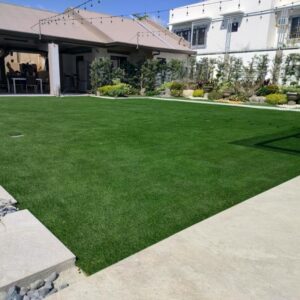
Maintaining a lush, green lawn in San Juan can be
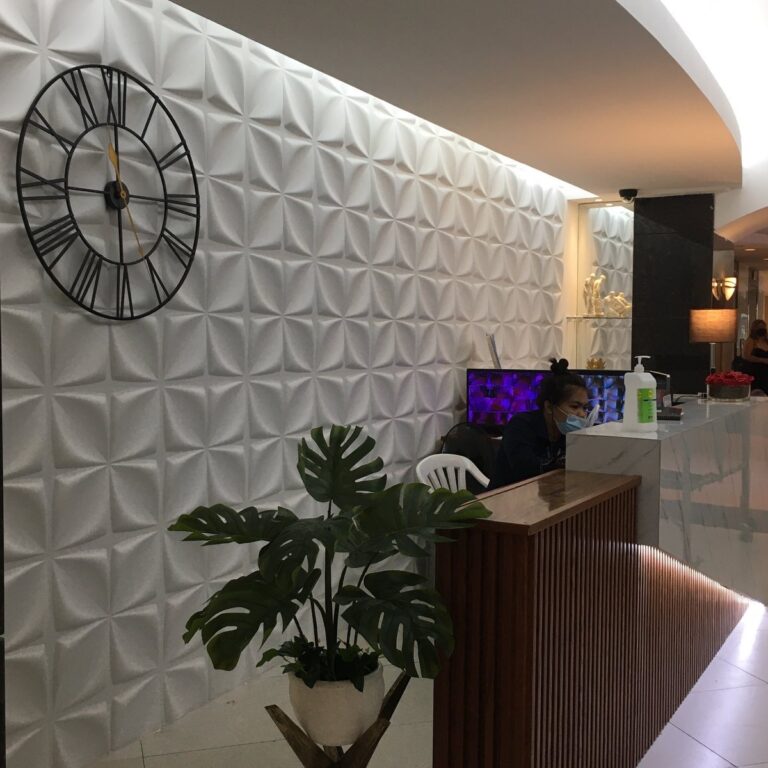
Walls are more than structural elements; they set the tone
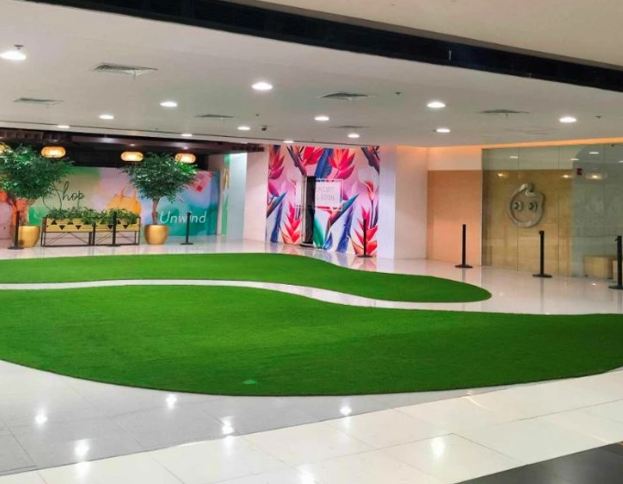
Urban living in Pasay presents unique challenges for landscaping. Limited
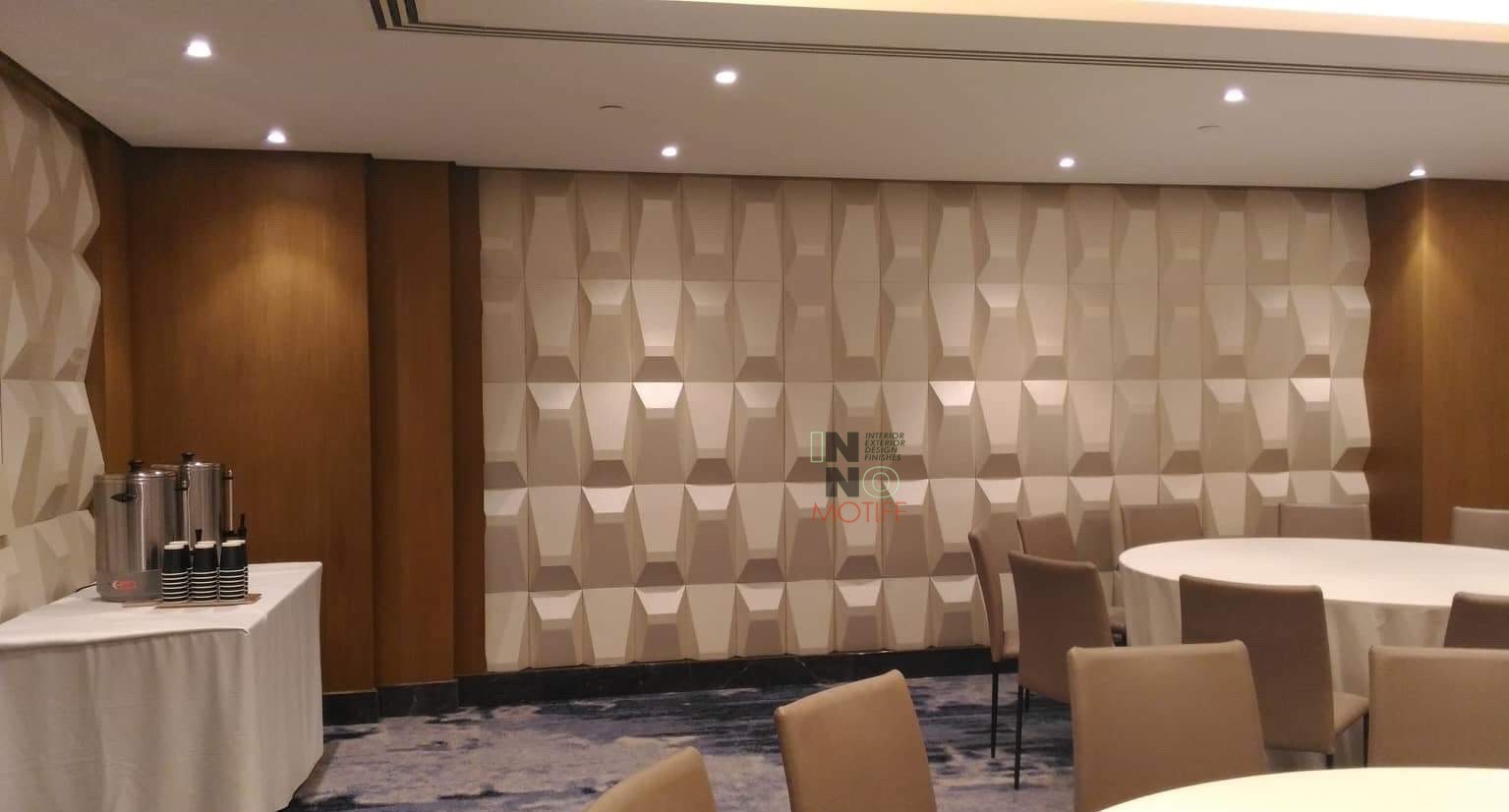
Modern interior design emphasizes creativity, functionality, and a sense of

Modern interior design trends in Mandaluyong emphasize creativity, texture, and
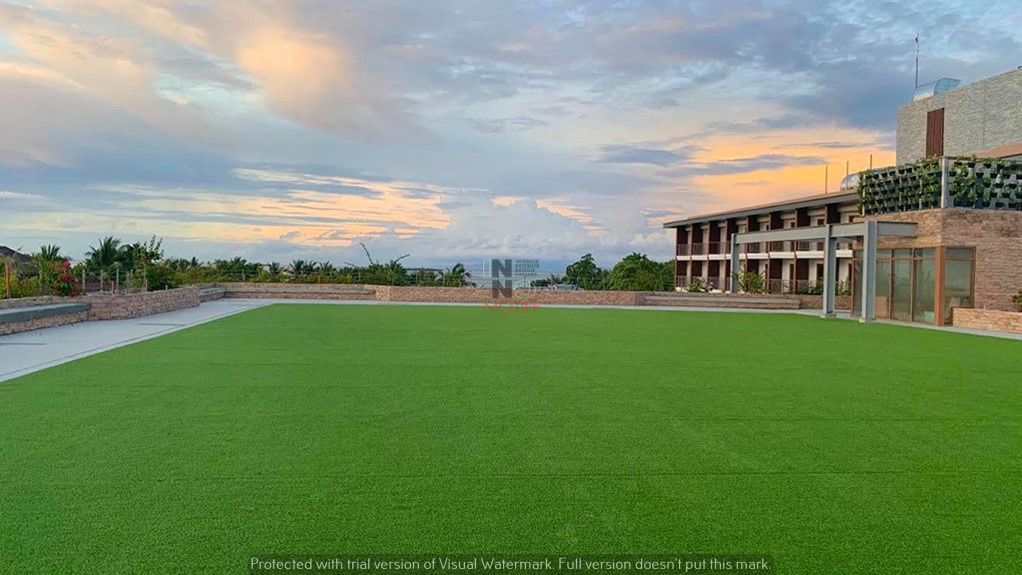
Maintaining a lush and vibrant lawn in Navotas can be
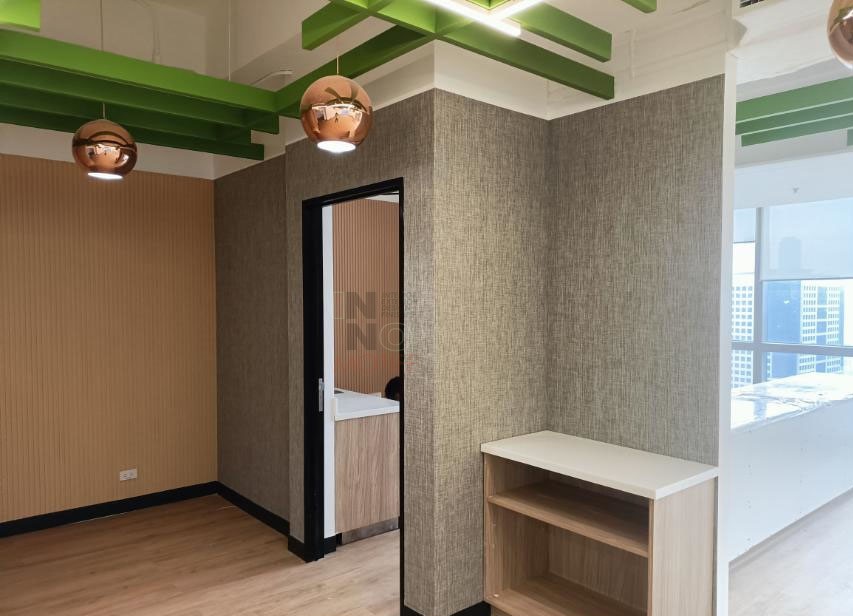
Yarn woven covers are becoming a preferred choice for homeowners,
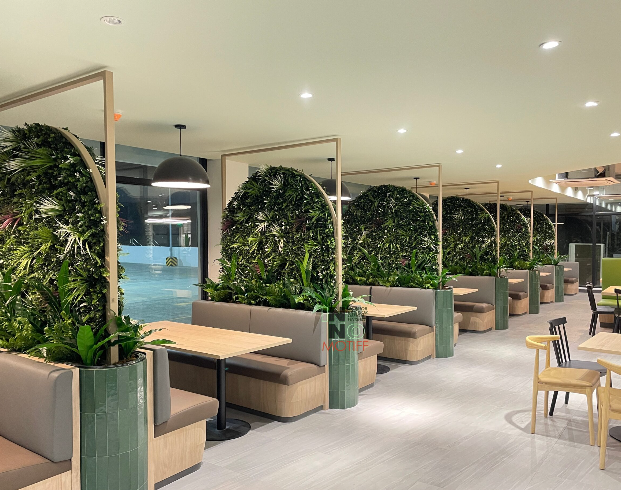
Finding a reliable artificial plant supplier near me can make
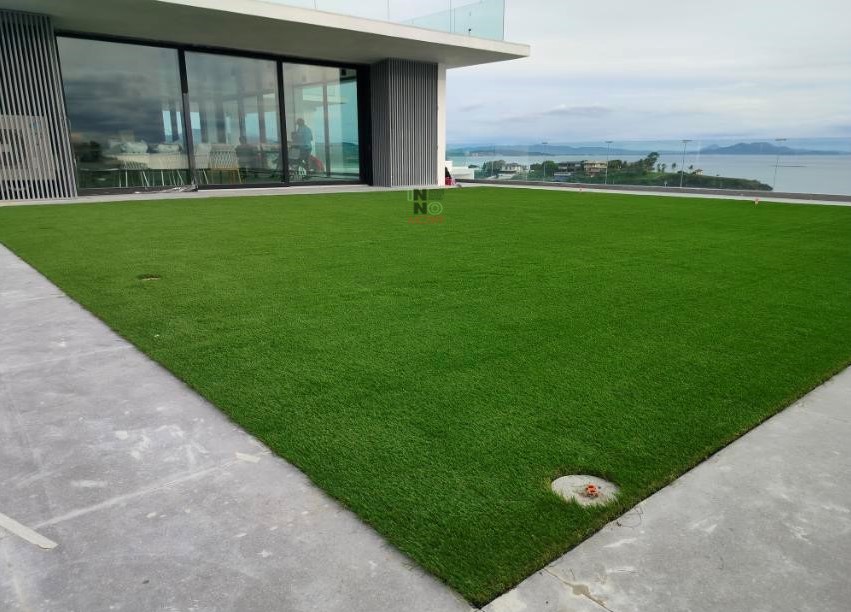
Maintaining a beautiful green lawn in the Philippines can be